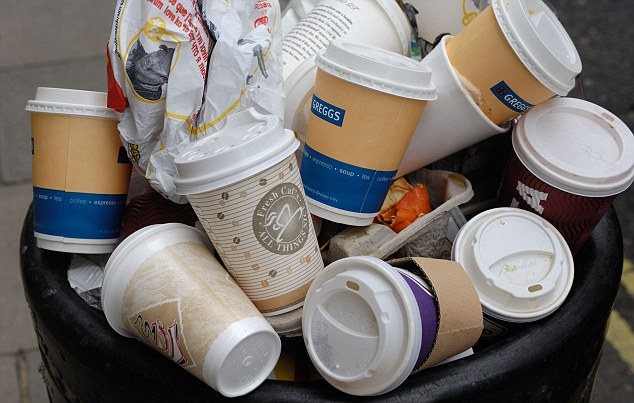 Engineers at Victoria University in Melbourne, Australia, are turning the waste from their morning routines into aggregate that can be used to make concrete.
Engineers at Victoria University in Melbourne, Australia, are turning the waste from their morning routines into aggregate that can be used to make concrete.
“Coffee and concrete are two things I really love,” Dr. Yanni Bouras, a lecturer at the College of Engineering and Science, told CreateDigital.org. “A few of us met up at a cafe to explore options for waste materials. We ended up looking down at our cups and thinking, ‘Why not?’”
Bouras’ group tested a range of waste materials, including used mattresses and cardboard. In 2020, the group turned to disposable coffee cups, which as it turns out have all the properties they were looking for.
Austrians throw away more than 2.7 million disposable coffee cups a day on average. That number grows to 105 million per day in the United States. While the plastic lids are recyclable, the cups typically are made from a paperboard product that includes a low-density polyethylene layer. That layer prevents the cups from being compostable or easily recycled.
Sand is a common aggregate ingredient in concrete, along with cement, water and admixtures.
With the growing worldwide sand shortage, researchers around the world are seeking alternatives that not just allow concrete to retain its strength and resiliency as a building material but also help lower waste in order to move toward a more sustainable future.
“Our coffee cup concrete mix will not only reduce the demand for mined sand, it also reuses a common waste material and reduces the amount of carbon emissions in the production process,” Bouras told CreateDigital.org. “The thermal and sustainable properties of our concrete mix make it a suitable solution for industry across a range of applications.”